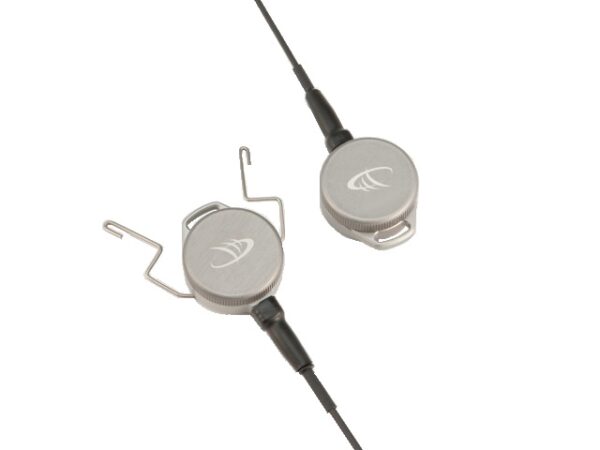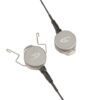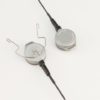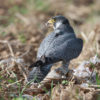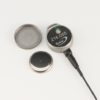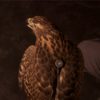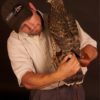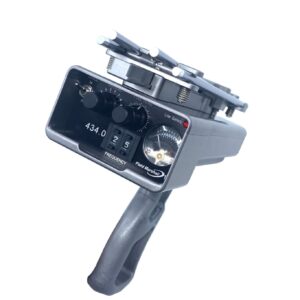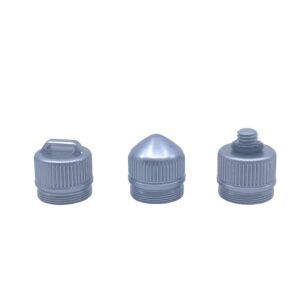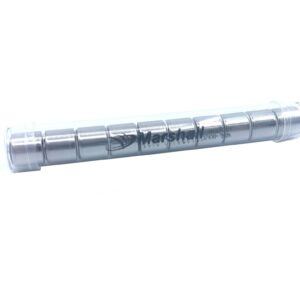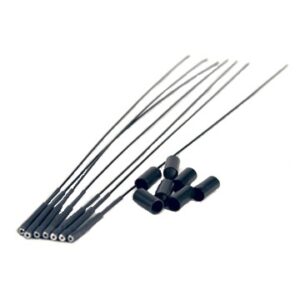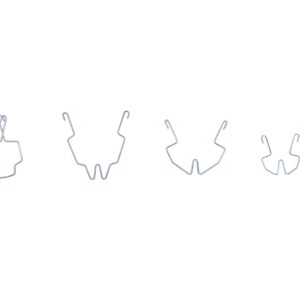Description
DESIGN
The new Scout was originally intended to be the ideal transmitter option for the Short wing Hawker, having the best combination of range, size, long battery life and low-cost that this group is after.
A key design goal in creating the Turbo version of the Scout was to provide another high power transmitter option in UHF that was a flat low-profile design which is best for dorsal mounting methods (tail and backpack). This also gives the option to customize the large flat lid with customer names or numbers, and eliminating the need for another “Lost Bird tag” on the leg.
AS A LEG MOUNT
For the larger birds such as Harris’ Hawks, Goshawks and Redtail Hawks, the Scout makes an ideal leg mount with it’s light weight and short antenna. This mount can also be used for the neck.
When ordered in this package, there is a generous sized Bewit slot at the top and the case is flat and smooth on both sides.
AS A TAIL MOUNT
When ordering a Scout as a Tail mount, it comes with a small spring attached to the bottom of the case. The case is machined with three tiny retention posts on the underside that hold the tail spring in place. This mount can also be used to apply to a TrackPack.
The flat shape and short 7-inch antenna makes it ideal for a “dorsal mount” like the Tail or TrackPack.
The Bewit slot attachment is still part of the case, so that in an emergency (or if the spring broke for some reason) you could still use the transmitter as a leg mount temporarily.
A GREAT NEW OPTION FOR LICENSED HAMs
For American (US/Canada/Mexico) Customers who have a HAM License, we can make sure you comply with the requirements of using this band by programming your Call Sign into the transmitter. Your Call Sign will be broadcast in Morse Code at startup and once every ten minutes as required by Law.
If you do not have an Amateur Radio License, you might be surprised how easy it is to obtain one. Pass a simple test, for which you can study all the answers in advance, pay ten dollars and with and 80% passing grade, you have a ten-year license, new knowledge about Radio Telemetry and the authorization to use the non-commercial bands (such as 433-434) not only for tracking but communication and emergencies.
For those wanting to find out what’s required to get a HAM License, here’s a great place to start: How to get your Amateur Radio License

